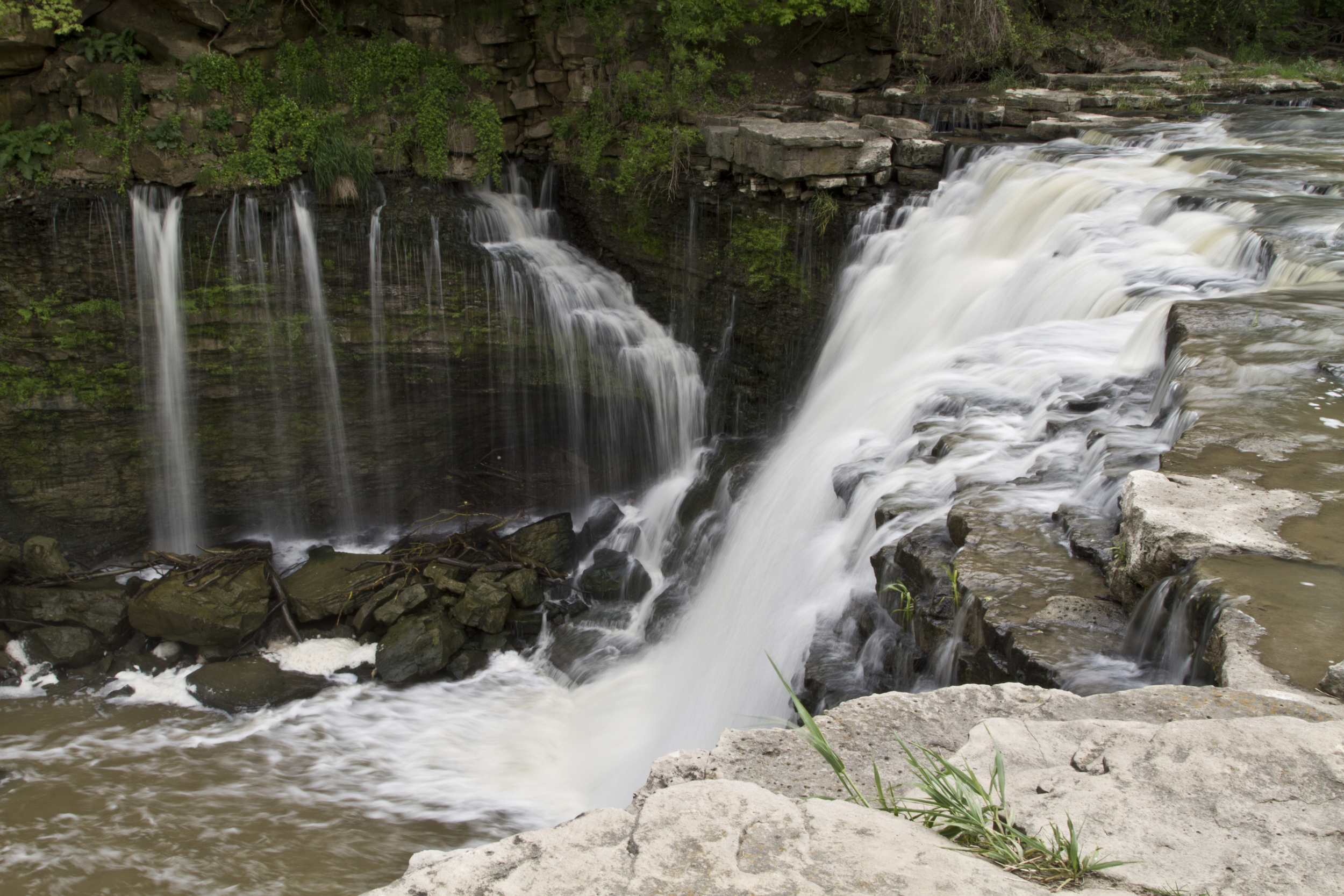
HGS Research Highlight - Topographic control on groundwater salinization due to ocean surge inundation
Ocean surges introduce saltwater to coastal aquifers and threaten fresh groundwater resources. Topography controls the spatial and temporal dynamics of surge inundation processes, which leads to variable depths of saltwater inundation and heterogeneous infiltration. Our study explored the impact of coastal landforms (e.g. ponds, dunes, barrier island, and channels) by simulating surface water flow over synthetic and real-world topographies, and associated subsurface flow to systematically assess the impact on surge-introduced salinization of coastal aquifers...
HGS Research Highlight - Solute transport processes in flow-event-driven stream–aquifer interaction
This post features a recent study by Xie et al., 2016, who used HydroGeoSphere to investigate the interaction between streams and groundwater controls on key features of stream hydrographs and chemographs.
HGS Research Highlight - Dual permeability modeling of tile drain management influences on hydrology and nutrient transport in macroporous soil
This post features a recent study by Frey et al., 2016 who used 2-dimensional dual permeability HydroGeoSphere models to simulate the flow and transport of liquid swine manure and rhodamine tracer application on a macroporous clay loam under controlled (CD) and free drainage (FD) tile management.
HGS Research Highlight - Coupled atmospheric, land surface, and subsurface modeling: Exploring water and energy feedbacks in three-dimensions
This post highlights the recent study by Davison et al. (2015) on the coupling of HGS to an Atmospheric Boundary Layer (ABL) model. Implementing the coupled HGS-ABL model the authors found ...
HGS Research Highlight - A simple iterative method for estimating evapotranspiration with integrated surface/subsurface models
This work presents an iterative, water balance based approach to estimate actual evapotranspiration (ET) with integrated surface/subsurface flow models. Traditionally, groundwater level fluctuation methods have been widely accepted and used for estimating ET and net groundwater recharge; however, in watersheds where interactions between surface and subsurface flow regimes are highly dynamic, the traditional method may be overly simplistic....
HGS Research Highlight - An exploration of coupled surface-subsurface solute transport in a fully integrated catchment model
Coupling surface and subsurface water flow is one of the strengths of fully integrated hydrological codes such as HydroGeoSphere (HGS). Following the coupling of surface-subsurface water flow, is coupling of surface-subsurface solute transport, although this subject has received less attention in the literature. ...
